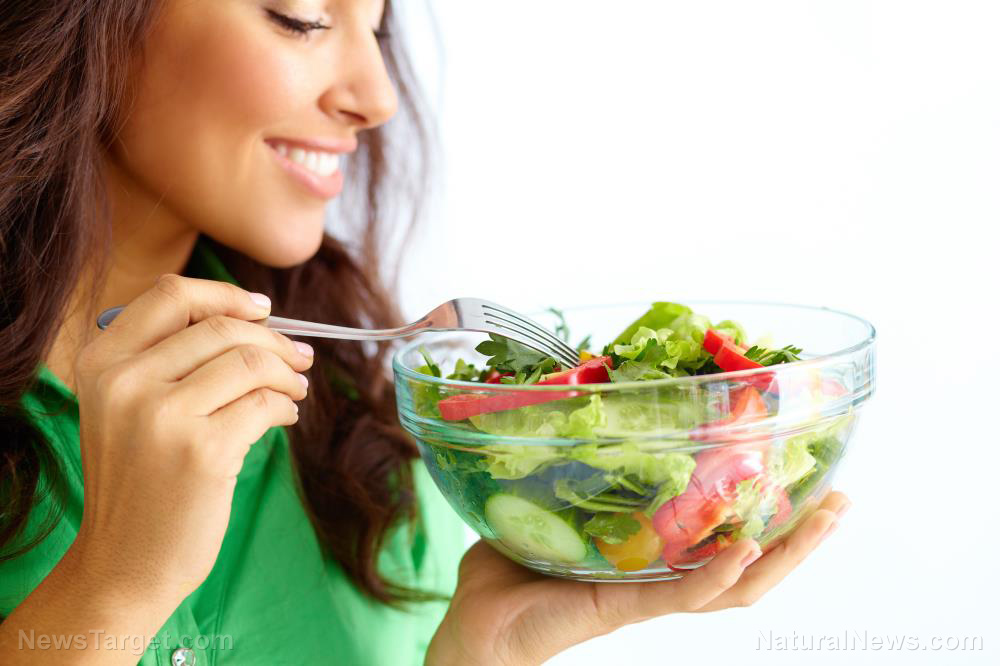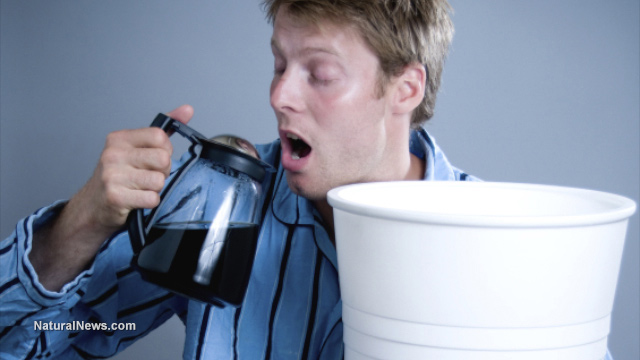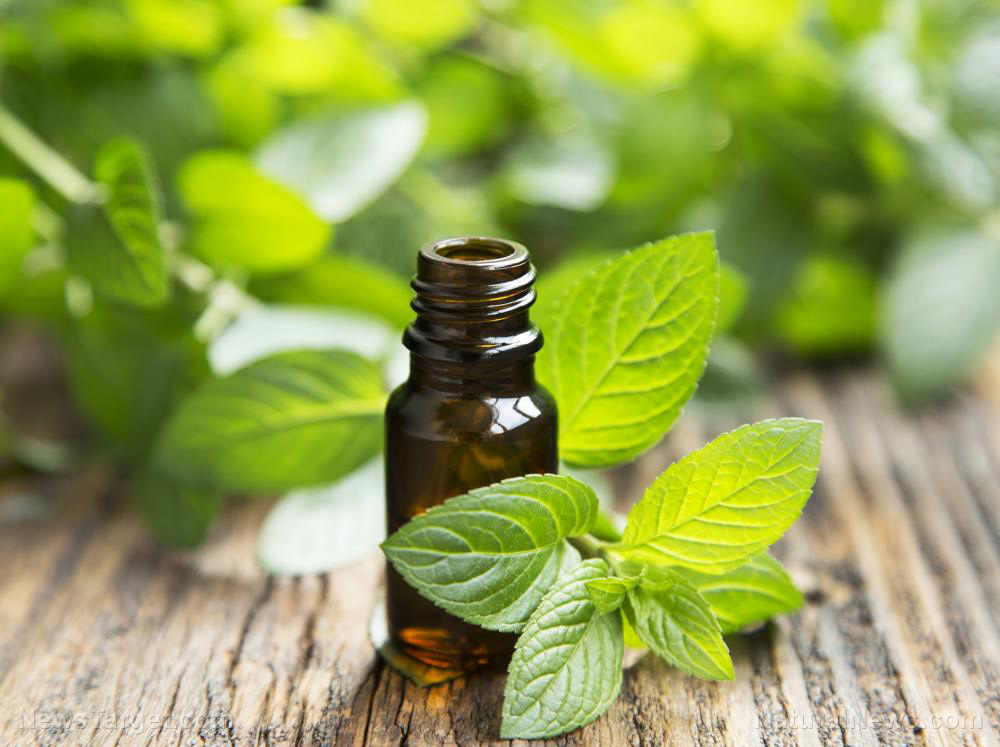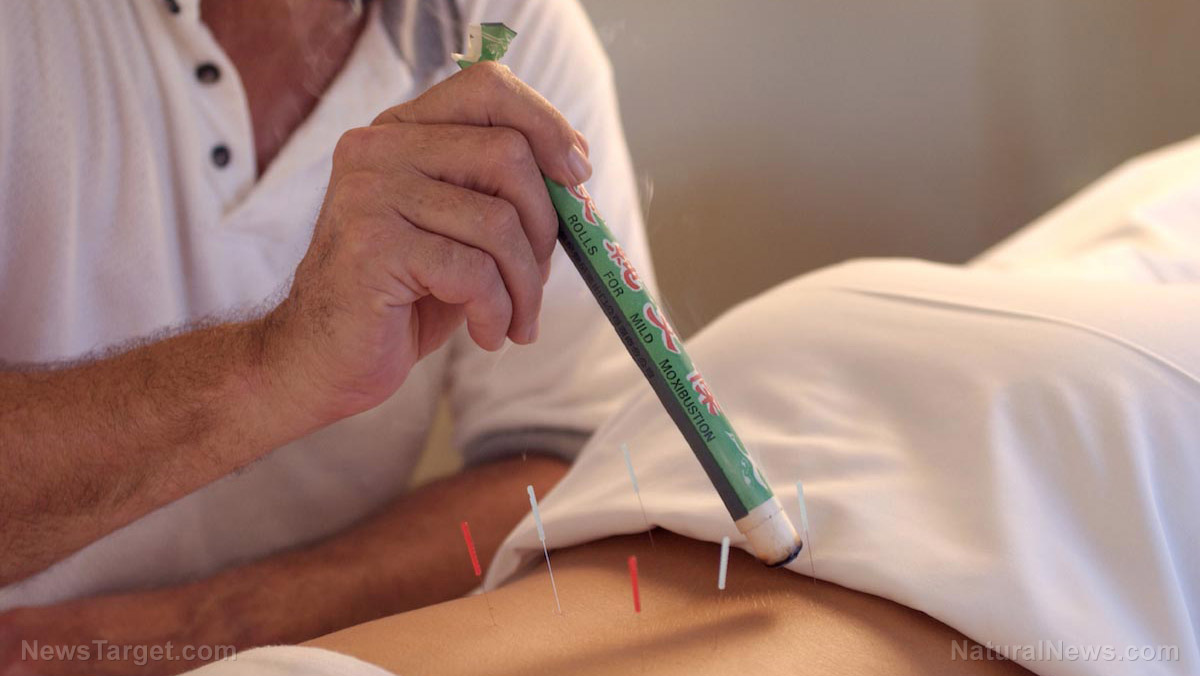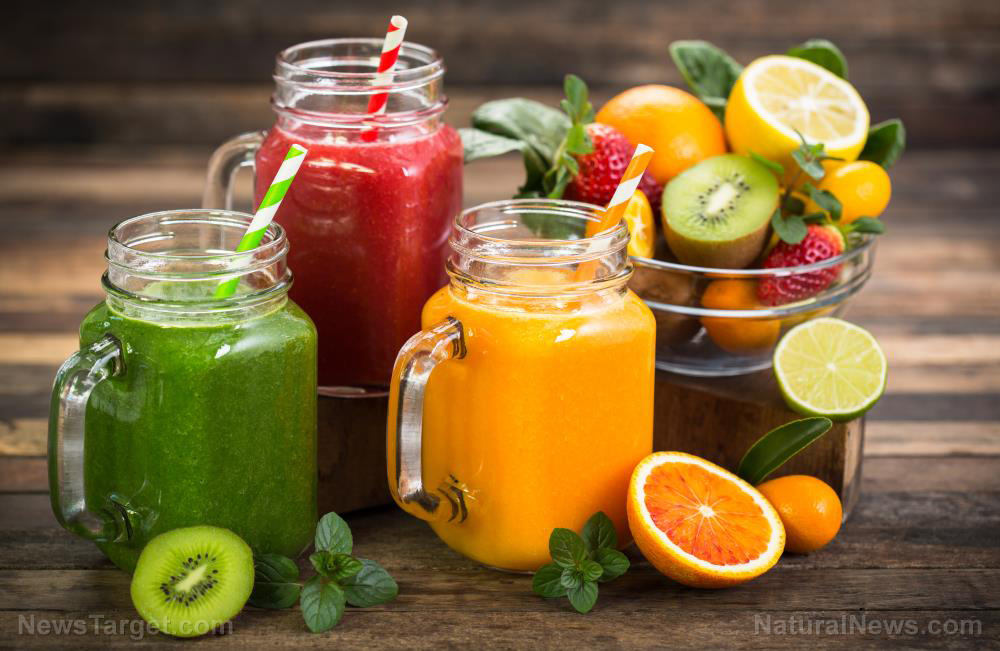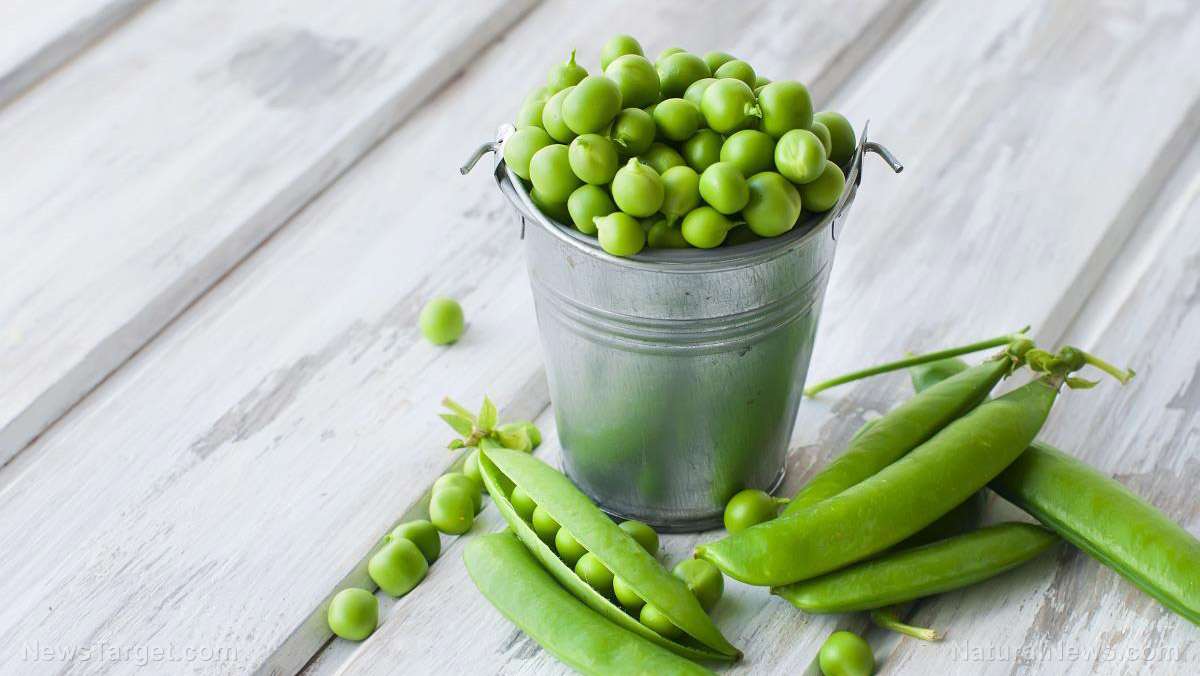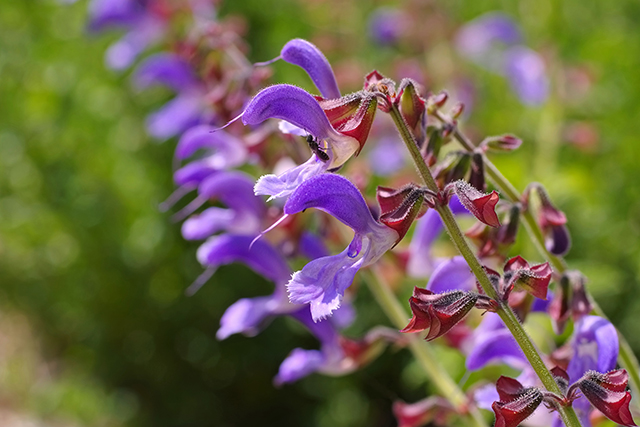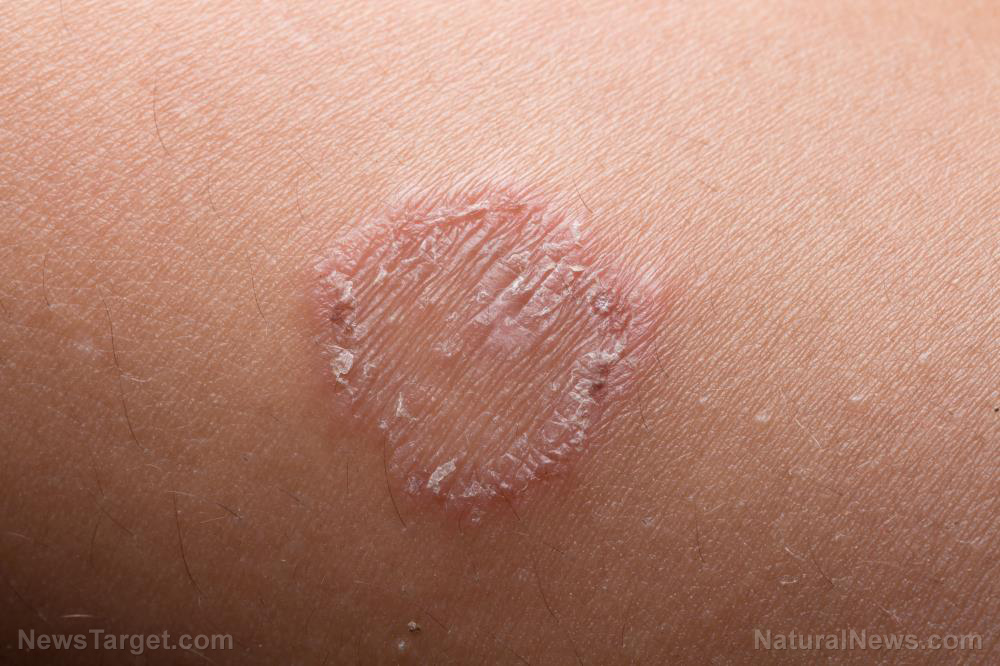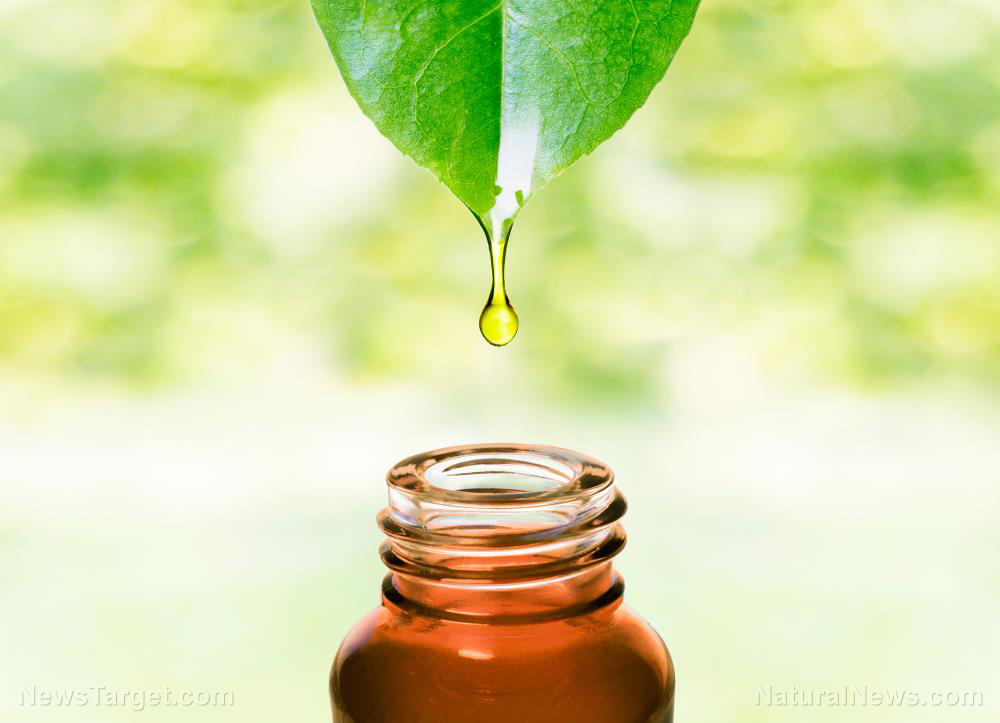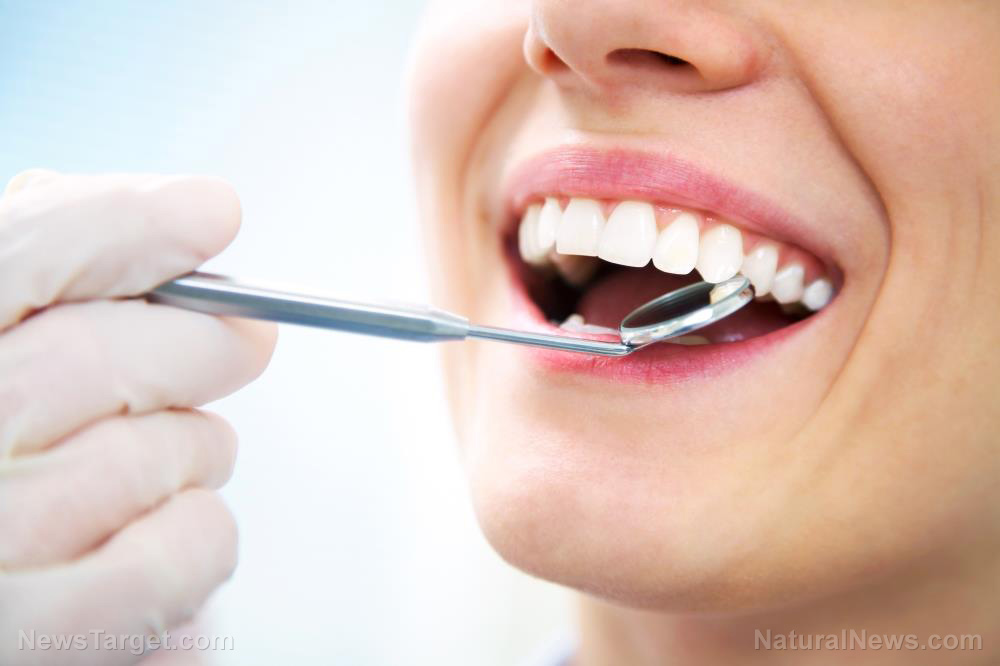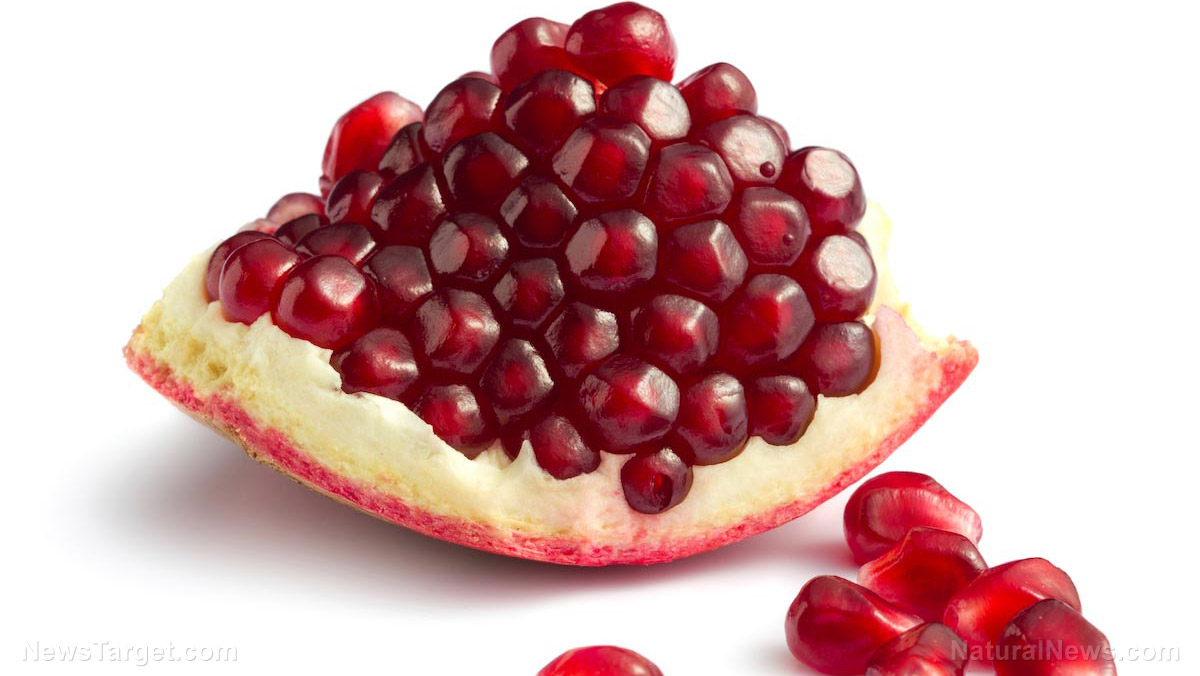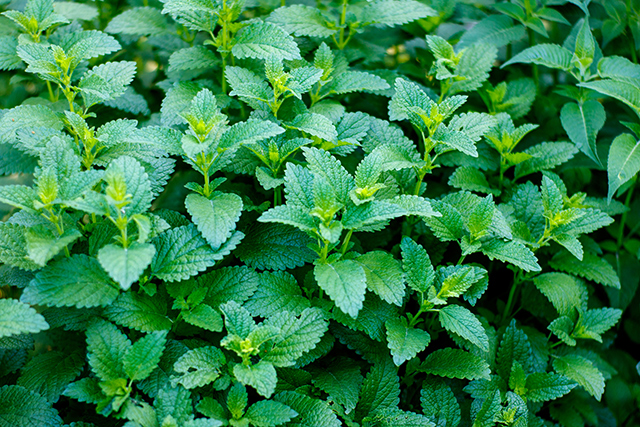A traditional Korean herbal formulation stimulates bone growth
10/02/2018 / By RJ Jhonson
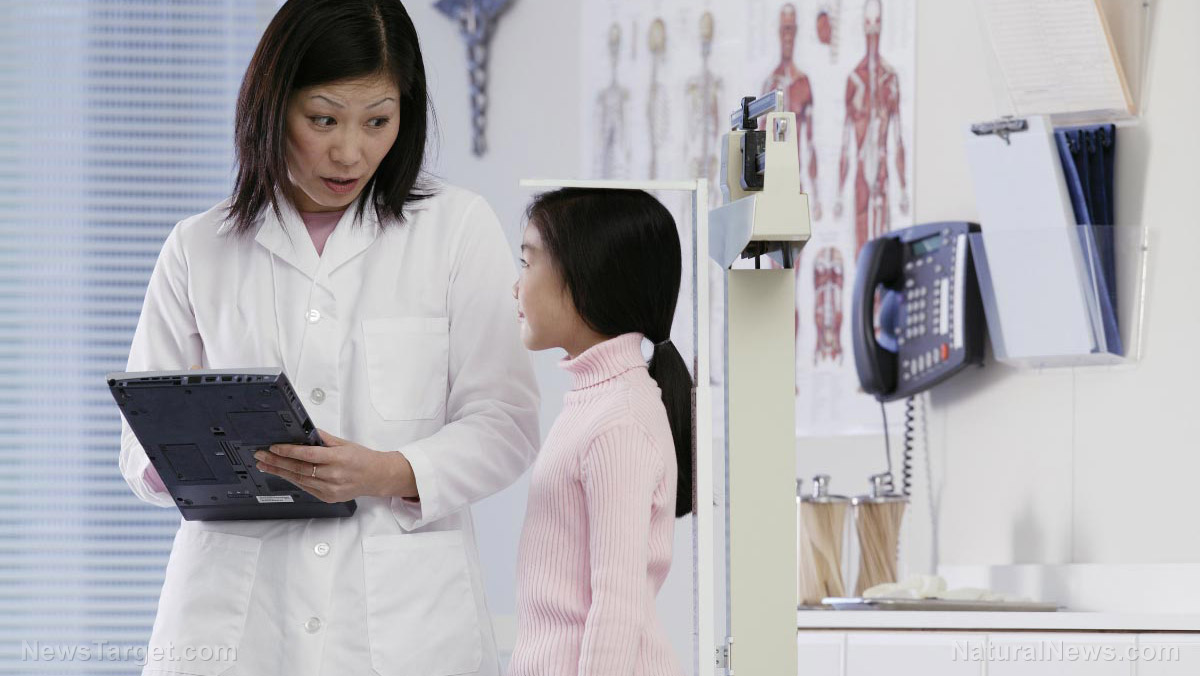
Yukmijihwangtang (YJT), a traditional Korean formulation, has long been used to treat symptoms of kidney yin deficiency, including having short stature. In a study published in the journal BMC Complementary and Alternative Medicine, Korean scientists looked into the treatment’s effectiveness in stimulating longitudinal bone growth in rat models.
- YJT is made up of six medicinal herbs: Rehmannia glutinosa, Cornus officinalis, Dioscorea batatas, Alisma orientale, Poria cocos, and Paeonia suffruticosa.
- The researchers gathered 32 rats that they divided into four groups depending on the animals’ weight groups (30-40 g, 40-50 g, 50-60 g, and 60-70 g). The rats were randomly assigned to eight cages with four animals each.
- One group served as the control group and received distilled water. Another group was given 20 mcg/kg of recombinant human growth hormone (rhGH) through subcutaneous injection twice a day. The remaining groups were given two different doses of YJT (100 or 300 mg/kg) twice every day. The treatment continued for four days, after which the animals were sacrificed.
- Apart from changes in bone growth rate, the expression of insulin-like growth factor-1 (IGF-1) and bone morphogenetic protein-2 (BMP-2) in the growth plate were also identified using immunochemistry.
- A significantly increased bone growth rate was observed in the animals that received the 300 mg/kg YJT dosage, but not in the 100 mg/kg group. IGF-1 and BMP-2 were significantly expressed in the growth plate in the 300 mg/kg YJT and rhGH groups.
Their findings led the researchers to conclude that YJT can be used as a therapeutic candidate for treating growth retardation during adolescence.
Find the full text of the study at this link.
Discover the benefits of getting the right nutrients for bone health at Nutrients.news.
Journal Reference:
Cho S-M, Lee SH, Lee D, Lee JH, Chang GT, Kim H, Lee JY. THE KOREAN HERBAL FORMULATION YUKMIJIHWANGTANG STIMULATES LONGITUDINAL BONE GROWTH IN ANIMAL MODELS. BMC Complementary and Alternative Medicine. 2 May 2017;17(239). DOI: 10.1186/s12906-017-1651-1
Tagged Under: alternative medicine, bone health, growth retardation, height, herbal medicine, Herbs, kidney yin deficiency, natural cures, natural medicine, plant medicine, Yukmijihwangtang


